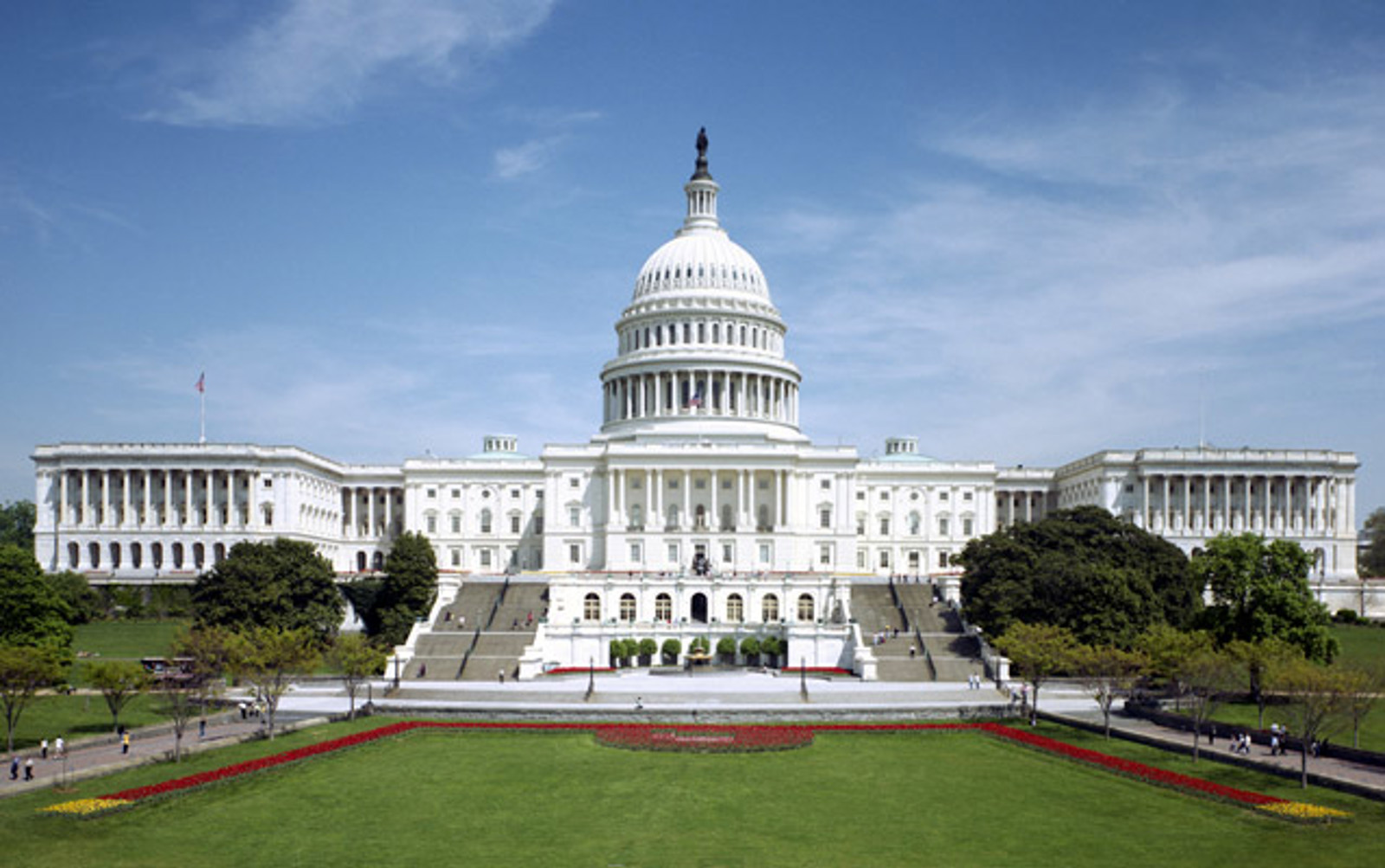Introduction by Barbara K. Mistick
Dear Colleagues,
Much of our focus this week has been on pouring through the nearly 1,200 pages of final regulatory language that the Department of Education released just prior to the November 1 Master Calendar deadline. These final regulations cover new rules on governing boards to address for-profit conversions, enhancements to student debt relief, including institutional liability when schools have misled borrowers or not delivered on their educational promises, new standards for prison education programs, and changes to the for-profit 90/10 rules.
The new regulations will go into effect on July 1, 2023, to align with the upcoming academic year. As with so many regulations, the devil will be in the details. Once we have completed our analysis of the new rules, we will provide information on the possible liabilities for institutions.
This week’s Washington Update covers the oral arguments the Supreme Court held earlier this week on the University of North Carolina and Harvard University affirmative action cases.
Soundbites
- NAICU Board Elections: On Monday, the regional phase of the election cycle for members of the NAICU Board of Directors will begin. Ballots will be sent to members in regions with more than one nominee. If you are in Region I, IV, V, VII, or VIII (see Region map), you will be receiving a ballot. Deadline for submitting ballots is Friday, November 11, 2022, at 5:00 p.m. EDT.
- The Department of Labor failed to meet its announced deadline of proposing a new overtime rule by the end of October. However, unlike the proposed student aid regulations released earlier this week (see above), there is no Master Calendar requirement for regulations to be announced by November 1 in order to go into effect by the following academic year. The proposed rule could come anytime and is still at the top of the docket for pending regulations at the Department.
- Litigation continues on multiple fronts on the Biden Administration’s loan forgiveness Even with the nationwide injunction in place, other cases are proceeding, including a recent appeal to the Supreme Court in a separate lawsuit. Despite the pause on implementation of the program, the Biden Administration continues to urge eligible borrowers to submit applications. According to the White House, nearly 26 million people have provided the “required information to be considered for debt relief” and 16 million applications have been processed.
- The Consumer Financial Protection Bureau (CFPB) issued a study this week citing an increased number of student loan borrowers who are in delinquency on other forms of consumer debt compared to before the pandemic. As of September 2022, 7.1% of student loan borrowers who were not in default on their loans at the start of the pandemic were having difficulty repaying other debts, as compared to 6.2% of these borrowers at the start of the pandemic. Delinquency rates have risen even further for borrowers with defaulted student loans, increasing from 9.8% at the start of the pandemic to 12.5%. The CFPB warns that the delinquency rate could spell trouble for student loan repayments once they resume in January for the first time since the start of the pandemic in March 2020.
![]()
“… but the biggest thing we can do (to help students access a higher education), also, is to help with Pell Grants. And I want to double the Pell Grants — the size of the Pell Grants.”
President Joe Biden in an October 23, 2022, interview with Now This News.
For more information, please contact:
Barbara K. Mistick

